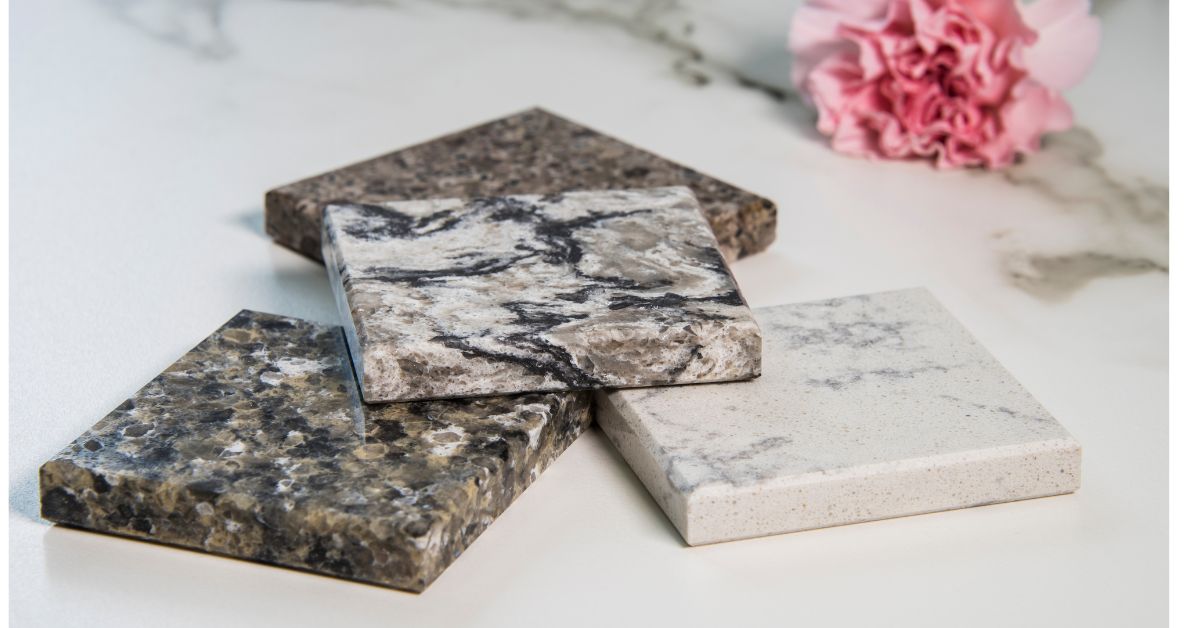Embroidery digitizing services in the USA offer various options for creating exquisite chenille patches, also known as letterman patches. These patches, commonly found on jackets and sweaters, are made using different types of high-quality thread and fabric, resulting in a unique and attractive appearance.
The threads used in embroidery are crucial in bringing colors and life to the design. There are two main types of threads: embroidery thread and sewing thread. Embroidery thread, made from rayon, cotton, silk, and polyester, is known for its high sheen and vibrant colors, ideal for machine embroidery work. Among them, rayon and polyester are particularly popular in machine embroidery.
One of the key components in chenille patches is yarn. Yarn, made from twisted natural or synthetic fibers, adds a fuzzy texture to the patches, creating an appealing caterpillar-like appearance. High-quality yarn is often used in digitizing for embroidery to craft unique and elegant patch designs.
There are several noteworthy options when it comes to the specific types of threads used in chenille embroidery.
Types Of Threads Used in Chenille Embroidery
Bobbin Thread
Lightweight and ideal for machine work, bobbin thread ensures the back of the embroidery remains less bulky than the front, providing stability to the design.
Chenille/Silk Thread
Known for its shine and beautiful shades, chenille or silk thread is commonly used in delicate embroidery. Pressing it with a steam iron from the backside enhances the embroidery’s overall appearance.
Crewel Yarn/Wool
This two-ply acrylic or natural wool thread is perfect for manual sewing-type embroidery, including needlepoint, wool embroidery, tapestry work, and cross-stitch.
Tapestry Yarn/Persian Yarn
Ideal for heavy materials, tapestry yarn, and Persian yarn are soft and thick, making them suitable for needlepoint, crewel work, cross-stitch, and other canvas fabrics.
Felted Wool Yarn
Specifically designed for chenille embroidery patches, felted wool yarn creates a fuzzy texture, adding to the attractiveness of the patches. It is both strong and durable for machine wash processes.
Knitting Yarn
Primarily used for knitting, knitting yarn comes in various thicknesses, which affects the fabric’s appearance and weight.
Crochet Thread
With its beautiful shine, crochet thread is used in chenille embroidery patches to create lovely doilies and string art.
Rayon Floss
Renowned for its bright and attractive silk-like texture, rayon floss can be challenging due to tangling. Using short lengths helps avoid such issues, making it a popular choice for summer embroidery projects.
Now, let’s explore the different types of fabrics that work best for chenille work:
Types Of Fabrics
Felt
Felt fabric patches are popular due to their colorful and classy appearance and are available in various types, including wool, animal fur, acrylic, or rayon. They are great for challenging manual embroidery and provide an eye-catching and unique look to jackets and sweaters.
Twill
Twill fabric patches are an excellent option for small patches or badges, as they can be easily ironed or sewn onto garments. Cotton twill with diagonal parallel rib patterns is particularly common for patches.
Backers
Backer fabrics bond or stick the patches to garments, providing stability, especially for lightweight materials like silk, cotton, and chenille.
Fusible Fabric (Non-woven)
This bonded fabric with a paper-like texture is grainless and easy to cut in any direction. Its glue-backed feature allows patches to adhere when pressed with a steam iron.
Fusible Fabric (Woven)
This human-made fabric stiffens garments and patches, adding thickness and securely joining the material when heated. It is commonly used in art, craft, and appliqué work.
The Role of Embroidery Digitizers in the Creation of Custom Embroider Patches
- The embroidery digitizer provides precision and accuracy in the creation of custom patches.
- They give you the service of converting your artwork into a digital file format that the embroidery machine can read.
- Map out stitch patterns, choose thread colors, and adjust the sizes of the patches.
- Professional digitizers pay attention to detail and give a clean and visually attractive design.
- They choose the appropriate thread colors and stitch type according to the fabric type and size of the patches.
Conclusion
The key to achieving high-quality chenille patches is selecting reputable brands for threads and fabrics. While prices may vary, investing in top-quality materials ensures impressive results. Before starting the embroidery work, it is advisable to prewash the fabric and floss to check for any color bleeding. By following these tips and choosing exemplary services, you can create stunning chenille patches that all will appreciate.



